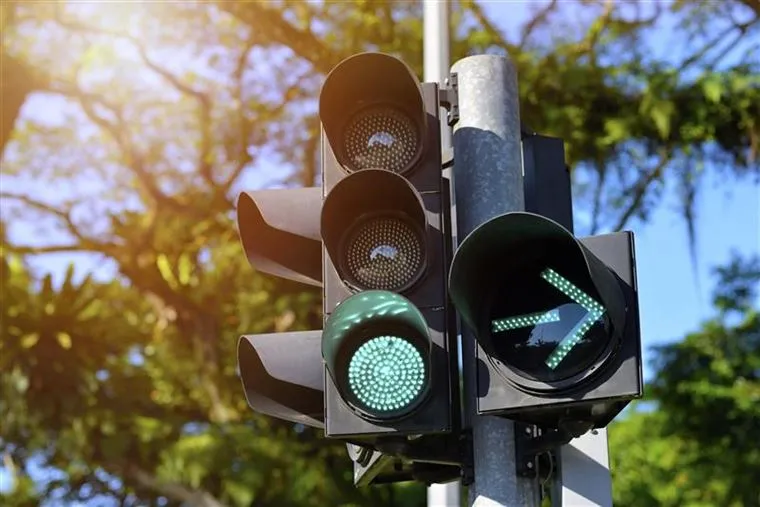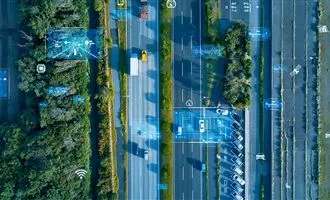

Race to decarbonisation: European policies for emission reduction
The European Union has set an ambitious goal: to achieve climate neutrality by 2050.

The transport sector plays a vital role in the global economy, ensuring large-scale freight movements. However, with evolving environmental regulations and growing attention to sustainability, the industry is now called upon to reduce its carbon footprint and invest in more efficient, low-emission solutions.
To reach this goal, Brussels has reinforced the regulatory and financial framework, introducing stricter targets for vehicles, new emission standards, and major investments in infrastructure. A transformation that directly involves the logistics industry and will, in the coming years, reshape the way goods are moved across Europe.
New CO₂ standards for heavy-duty vehicles
Since 2024, new CO₂ reduction targets for trucks and buses are in force. Compared to 2019 levels, manufacturers must cut the average fleet emissions by 45% by 2030, 65% by 2035 and 90% by 2040. For urban buses the deadline is even closer: by 2035, 100% of new vehicles will have to be zero-emission. These milestones effectively push the market towards battery-electric and hydrogen trucks, supported by transitional solutions such as advanced biofuels. Transport companies will therefore progressively update their fleets in line with the new supply from OEMs.
-
EU Regulation (2019/1242) and 2024 revision – CO₂ performance standards for trucks and buses: EUR-Lex Regulation (EU) 2019/1242
Euro 7: fewer pollutants, longer durability
Alongside the fight against climate emissions, the EU has also updated the standards for air pollutants. With the Euro 7 regulation, adopted in April 2024, stricter limits for nitrogen oxides and particulates are introduced, and for the first time brake and tyre emissions are regulated. Vehicles must also maintain anti-pollution performance for a longer useful life and be equipped with digital, real-time emission monitoring systems. For trucks, entry into force is set for 2028 for new models and 2029 for all new registrations. Euro 7 will likely represent the last generation of combustion engine standards before the full transition to zero-emission heavy vehicles.
-
Regulation (EU) 2024/1257 – Pollutant emissions for cars, vans, buses and trucks: EUR-Lex Regulation (EU) 2024/1257 (Euro 7)
AFIR and TEN-T: backbone of the transition
A crucial step to enable decarbonisation is the development of charging and refuelling infrastructure. The AFIR regulation (Alternative Fuels Infrastructure Regulation), in force since April 2024, requires Member States to ensure by 2025 a high-power charging pool every 60 km on the TEN-T core network, hydrogen refuelling stations every 200 km by 2030, and dedicated charging points for heavy-duty vehicles in major urban nodes. In parallel, the TEN-T network revision commits countries to complete sustainable multimodal corridors by 2030 and 2050. These measures aim to fill today’s infrastructure gap and allow electric and hydrogen trucks to operate on long-haul routes across Europe.
- Regulation (EU) 2023/1804 – Alternative Fuel Infrastructure: EUR-Lex Regulation (EU) 2023/1804 (AFIR)
- Regulation (EU) 2024/1157 – Revision of the TEN-T Guidelines: EUR-Lex Regulation (EU) 2024/1157 (TEN-T)
Other projects and initiatives
Alongside these pillars, the EU has launched other relevant initiatives. The Omnibus Package (2025) aims to reduce bureaucratic burdens for businesses, digitalising documentation and granting more time to comply with certain environmental rules. The Greening Freight Package promotes intermodality with incentives for combined transport and introduces the CountEmissionsEU regulation, setting a single method to calculate shipment emissions. Several EU-funded pilot projects are also active, such as H2Haul and ZEFES, testing electric and hydrogen trucks in real scenarios. On the financial side, programmes like CEF Transport and EIB loans support infrastructure development and the purchase of low-emission vehicles, also offering opportunities for SMEs.
- H2Haul – hydrogen fuel cell trucks: Sito ufficiale progetto H2Haul
- ZEFES – European tests on electric and hydrogen trucks: Sito ufficiale progetto ZEFES
- REVIVE – hydrogen-powered waste collection trucks: Clean Hydrogen Partnership REVIVE project
The road ahead
Europe’s pathway towards low-emission heavy transport is clear and irreversible. Stricter standards, stronger infrastructure, and financial incentives outline a framework that will radically transform the market in the next decade. Yet, challenges remain: high initial costs of zero-emission trucks, limited availability of charging and refuelling stations, scarce supply of sustainable fuels, and the need for constant adaptation to evolving regulations.
The success of this transition will depend on the industry’s ability to innovate and collaborate with institutions to develop sustainable solutions. The future of heavy-duty transport will increasingly rely on electric, hydrogen and biofuel vehicles, with digitalisation playing a central role in optimising consumption and reducing environmental impact. Companies that embrace these solutions early will not only contribute to the ecological transition but also secure a competitive advantage in a market increasingly driven by sustainability.




























